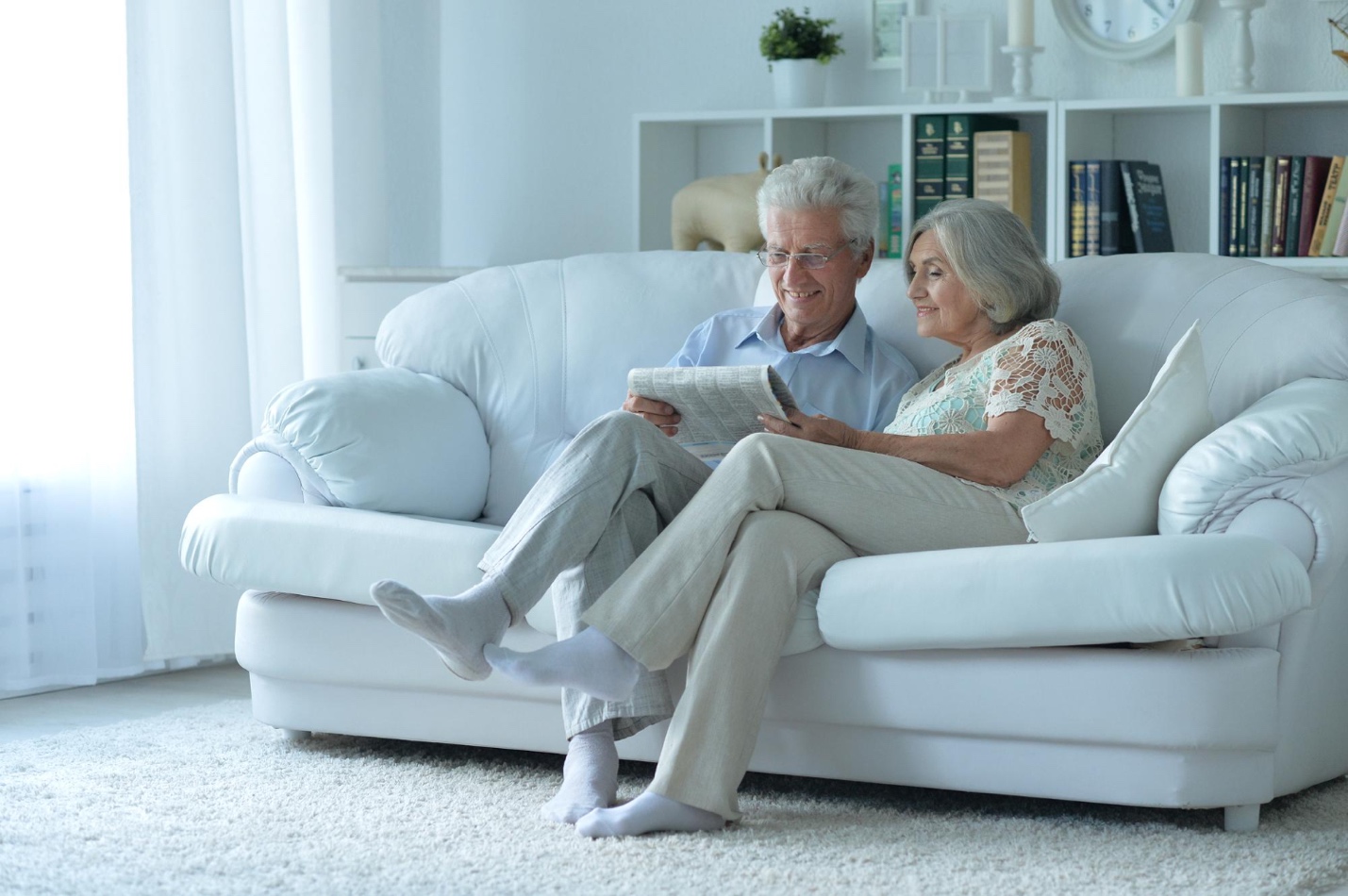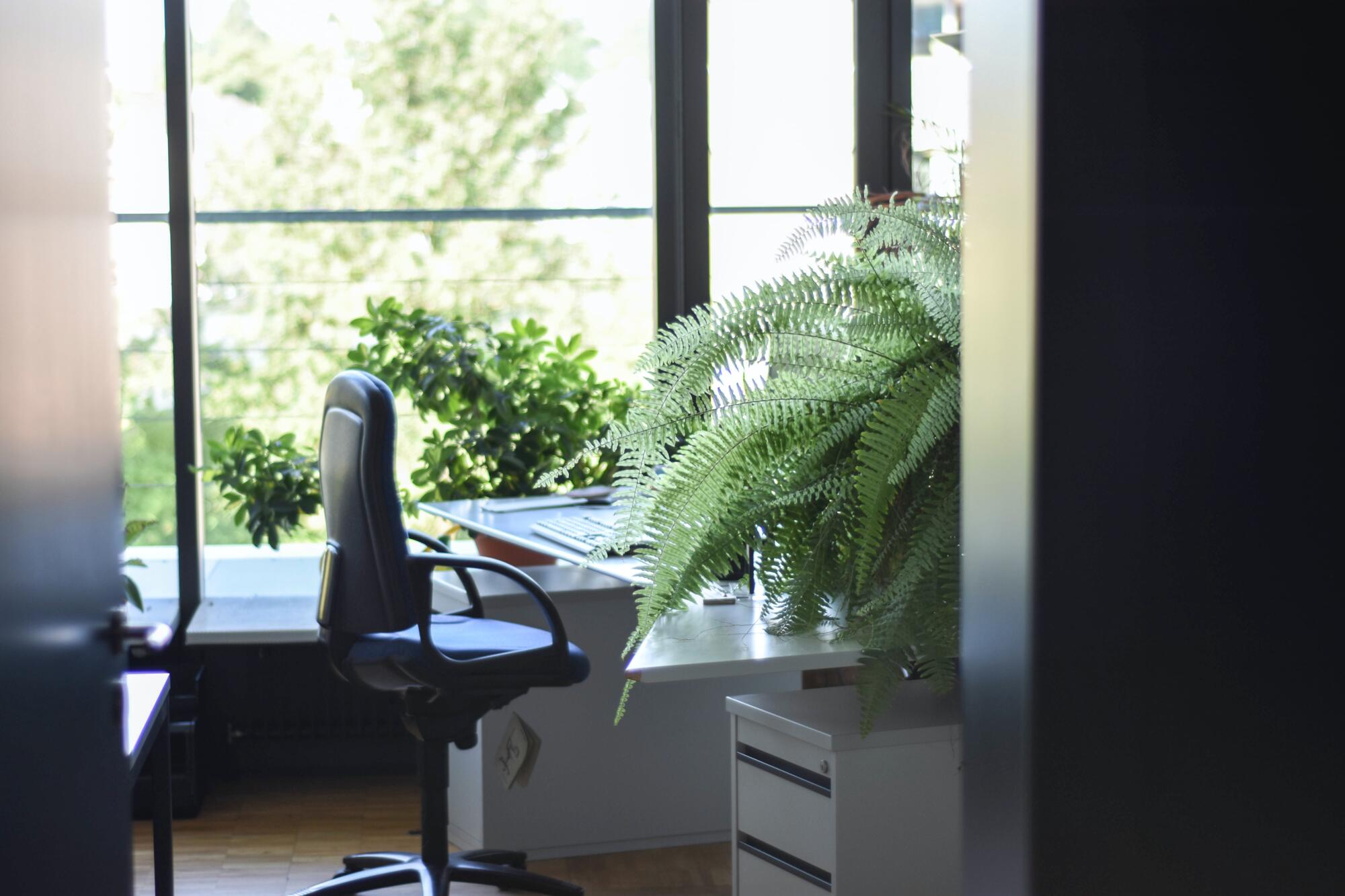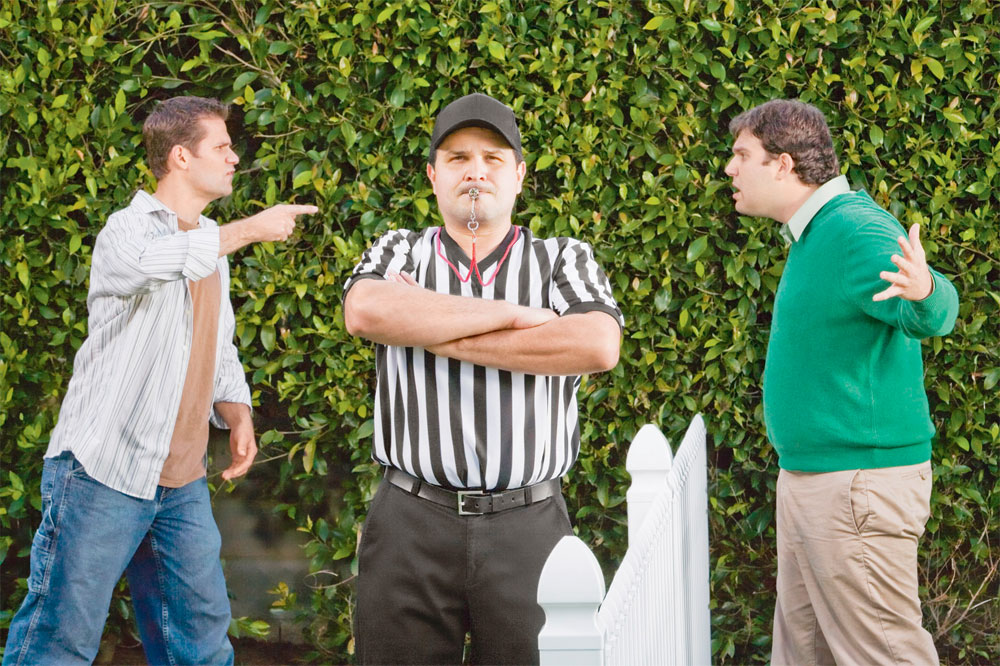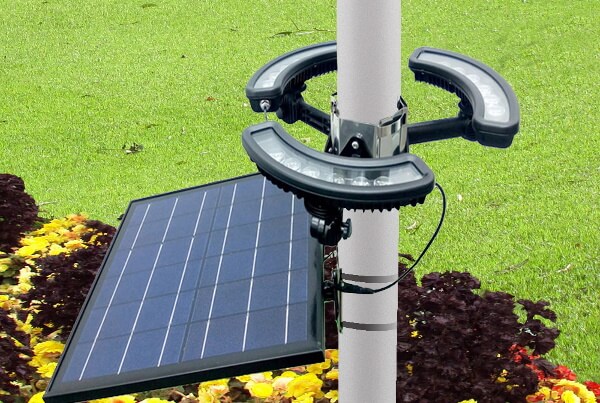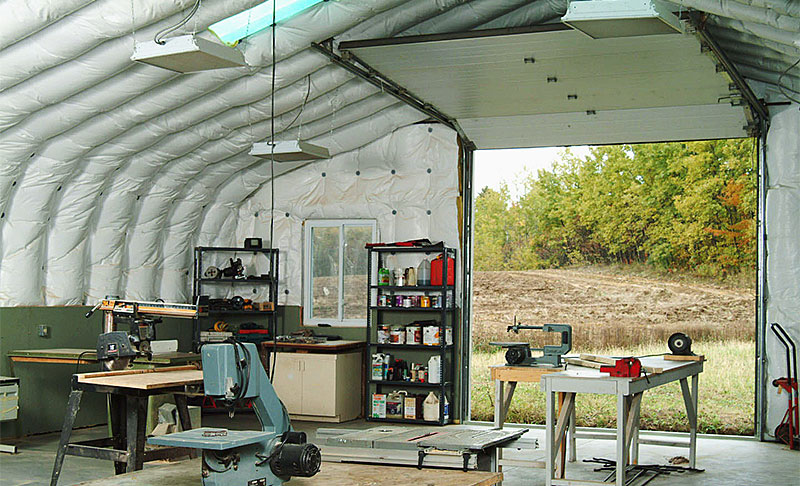If you live with your aging parents or grandparents, you might have noticed that their physical abilities and balance may deteriorate over time. This can make your home hazardous, leading to falls, burns, and other accidents. Some factors that put your loved one at risk of falls and injuries are limited mobility, poor eyesight, and lack of attention to minor safety hazards, like a tangled electrical cord or a loose rug.
To keep your loved ones safe and healthy, modifying the home environment is essential. This involves identifying all the hazards that could pose risks and switching things up as needed. Here are three minor modifications that can make your home safer for seniors.
Remove Tripping Hazards
A cluttered environment with tripping hazards, such as loose throw rugs, loose cords, or random objects, can be hazardous for seniors, as they can slip and fall. This can result in broken bones and head injuries and lead to a fear of falling, even if they don’t sustain injuries during the first fall.
It’s essential to clear the floor of all types of clutter, including loose cords, toys or other objects, and secure rugs by placing tables or chairs on top of them. Once you’ve removed tripping hazards, create a well-lit pathway and remove any furniture that may be in the way to allow your loved one to navigate the home.
Add Extra Lighting
With age, your loved one may develop vision problems, and limited eyesight can make it challenging for them to navigate the home safely. In addition, poor lighting can contribute to falls and accidents in the house, especially if seniors have difficulty seeing in dimly lit areas or distinguishing obstacles in their path.
A study found that improved indoor lighting improved healthy aging at home, so it’s important to prioritize lighting when caring for a senior. Install additional lighting in high-traffic areas of your home, such as hallways and staircases, to ensure seniors can see where they are going. If you want to conserve energy and avoid leaving the lights on 24/7, place the light switch in an area your loved one can easily reach or use motion-sensor light that will turn on when anyone enters the room.
Modify Bathrooms
Bathrooms can be particularly dangerous for seniors – wetfloors, slippery surfaces, and the difficulty of getting in and out of the shower can all lead to accidents. Consider installing a walk-in shower with grab bars and a non-slip surface or a raised toilet seat to make it easier for seniors to use the bathroom independently.
It’s important to do your research when choosing bathroom equipment to ensure you are investing in the right products. Although residential properties don’t need to be ADA-compliant, it can be helpful to learn about ADA shower requirements from a reputable supplier to understand what shower safety looks like. The measurements for residential property showers may vary from commercial ones; however, purchasing a walk-in shower from a brand that prioritizes accessibility can ensure you choose the right products to create a safe bathroom for seniors.
Modifying your home is essential to accommodate seniors and allow them to live safely, comfortably, and independently at home. A cleaner environment with improved vision of the area and a safe bathroom will improve the quality of your loved one’s life and help them stay happy and healthy.
